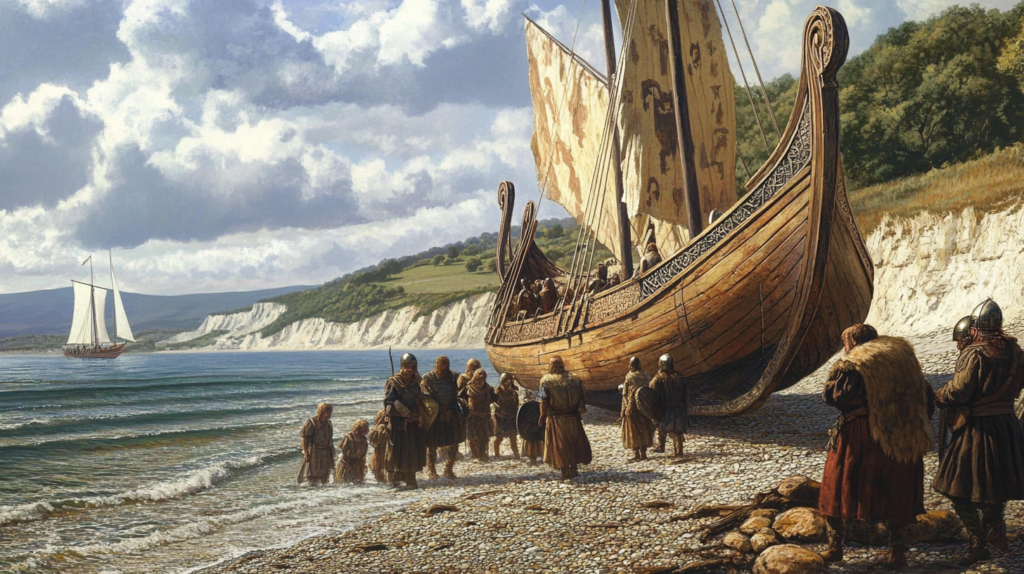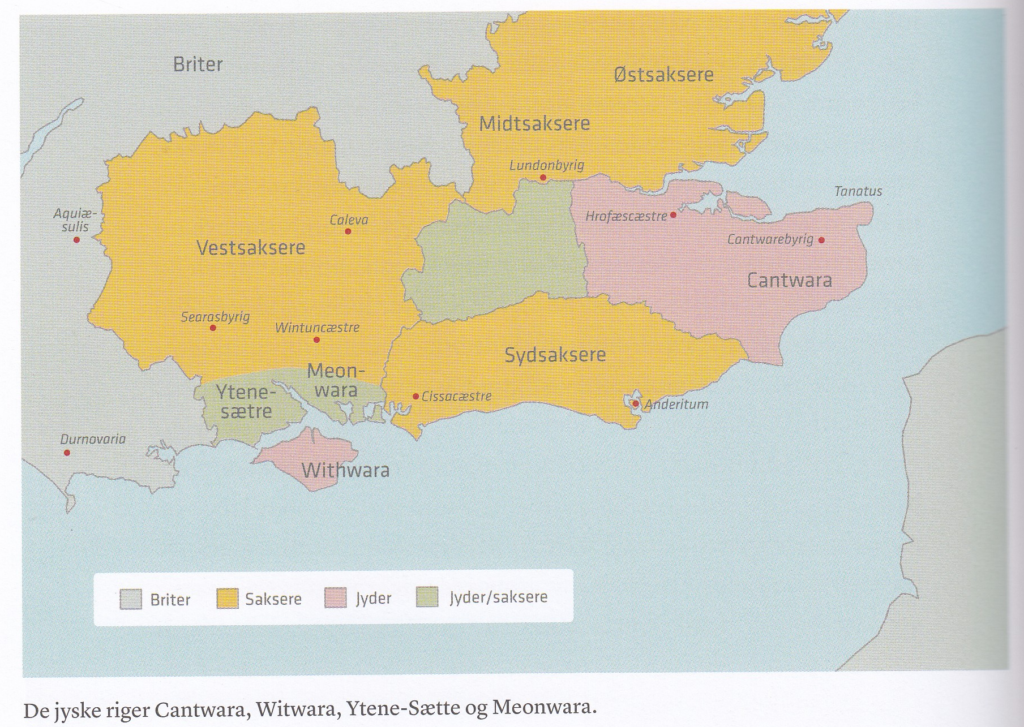
Introduction:
Hampshire, a county steeped in history and brimming with natural beauty, lies on the southern coast of England. From its historic naval connections to its rolling countryside and vibrant cities, Hampshire offers a diverse experience for residents and visitors alike. This overview will touch upon key aspects of the county, including its geography, history, politics, economy, demography, and tourism.
Geography:
Hampshire boasts a varied landscape. The coastline, featuring the Solent and numerous harbors, has played a significant role in the county’s maritime history. Inland, rolling hills, known as the Hampshire Downs, dominate the landscape, interspersed with woodlands and fertile valleys. The New Forest, a large area of ancient woodland, is a national park renowned for its unique ecosystem and wild ponies. The county is also traversed by several rivers, including the Test and Itchen, famous for their trout fishing.
History:
Hampshire’s history stretches back to prehistoric times, with evidence of settlements dating back millennia. It was a key part of the ancient kingdom of Wessex and later became an important center for shipbuilding and naval power, particularly in Portsmouth, home to the Historic Dockyard. Winchester, the former capital of England, also lies within Hampshire and boasts a rich medieval heritage. The county played a significant role in both World Wars, particularly due to its naval base and proximity to the continent.
Politics:
Hampshire is administered by Hampshire County Council, responsible for local services such as education, social care, and highways. The county is divided into several districts, each with its own council. Several Members of Parliament represent Hampshire constituencies in the UK Parliament. The political landscape of Hampshire is generally considered to be Conservative-leaning, though other parties also have representation.
Economy:
Hampshire’s economy is diverse and includes a mix of industries. The service sector is prominent, with finance, technology, and tourism playing significant roles. The county also has a strong manufacturing base, particularly in aerospace and defense. Agriculture remains important in rural areas, while the ports of Southampton and Portsmouth contribute significantly to the local and national economy through trade and shipping.
Demography:
Hampshire is a densely populated county, with a mix of urban and rural settlements. Major cities include Southampton, Portsmouth, and Winchester. The population has grown steadily in recent decades, driven by economic opportunities and the county’s attractive lifestyle. Hampshire is generally considered to be an affluent area, though there are pockets of deprivation.
Tourism:
Hampshire attracts a large number of tourists each year. Key attractions include the New Forest National Park, the historic dockyard in Portsmouth, Winchester Cathedral, and the Jane Austen’s House Museum in Chawton. The county’s coastline and countryside offer opportunities for outdoor activities such as sailing, walking, and cycling. Numerous festivals and events are held throughout the year, attracting visitors from across the UK and beyond.

Jutes and Hampshire
Jutish Focus: The map clearly labels the southeastern area as “Cantware” (Kent), highlighting it as the primary settlement area of the Jutes. This aligns with the historical accounts of their initial arrival and establishment of a kingdom there.
Distinct Identity: The labeling of “Jyder” (Jutes) separately from “Saksere” (Saxons) and “Østsaksere” (East Saxons) reinforces the idea that the Jutes were considered a distinct group within the broader context of Anglo-Saxon migrations.
Limited Territory: The map suggests that the Jutes primarily occupied Kent and the Isle of Wight (labeled “Ytene-sætre”), with limited expansion compared to the Saxons. This supports the idea that while they played a crucial role in early Anglo-Saxon history, their kingdom was eventually absorbed by the more powerful Saxon kingdoms.
“Jyder/Saksere” Area: The presence of a region labeled “Jyder/Saksere” indicates potential overlap or mixed settlement between Jutes and Saxons. This could reflect later migrations or shifting political boundaries as the Anglo-Saxon kingdoms developed.
Contextualization: The map also helps contextualize the Jutes within the broader landscape of Anglo-Saxon migrations. It shows the presence of other groups like the “Vestsaksere” (West Saxons), “Sydsaksere” (South Saxons), and “Midtsaksere” (Middle Saxons), providing a visual representation of the complex patchwork of settlements and kingdoms that emerged in post-Roman Britain.
The Jutes: Origins and Invitation
The Jutes are a Germanic people who, around the 5th century AD, migrated in part from the Jutland Peninsula (modern-day Jylland, West-Denmark) to the southern regions of Britain. Their arrival is typically seen as one of the key events marking the beginning of the Anglo-Saxon period in England.
Historical sources suggest that the Jutes were invited to Britain by the Romano-British ruler Vortigern. Facing increasing pressure from Pictish raids and incursions from other Irish groups, Vortigern sought military assistance from the Jutes in exchange for land and resources. This mercenary arrangement was a common practice in the late Roman era, reflecting the declining power of the Roman Empire and its inability to effectively defend its distant territories.
Settlement in Kent and Hampshire, Isle of Wight
The Jutes, led by figures such as Hengist and Horsa (according to traditional accounts), landed in Kent and successfully repelled the Picts. Rather than returning home, they chose to settle in Britain, establishing a kingdom in Kent. This initial settlement is believed to have occurred around the mid-5th century, though the exact dates are debated by historians.
From Kent, the Jutes expanded their influence, with evidence suggesting migrations into other areas, including the Isle of Wight and parts of Hampshire. Archaeological findings, such as distinctive pottery and burial practices, support the idea of a distinct Jutish presence in these regions.
Cultural Impact and Assimilation
The Jutes, like other Germanic groups who migrated to Britain, brought with them their own language, customs, and social structures. While closely related to other Germanic dialects that would evolve into Old English, the Jutish dialect likely contributed unique elements. Their presence also added to the cultural mix of post-Roman Britain, leading to the development of Anglo-Saxon society.
Over time, the Jutish kingdom of Kent was absorbed into the larger Anglo-Saxon political landscape. The distinct Jutish identity gradually faded as they assimilated with other Anglo-Saxon groups, contributing to the formation of a unified English culture.
Legacy
Though their separate identity was eventually subsumed, the Jutes played a crucial role in the early stages of Anglo-Saxon England. Their arrival marked a turning point in British history, leading to the establishment of new kingdoms and the development of a new language and culture that would shape the future of England. Their story highlights the complex processes of migration, settlement, and cultural exchange that characterized this pivotal period.

Source: Casper Clemmensen: Tolkien og det mytiske Jylland, page: 136.